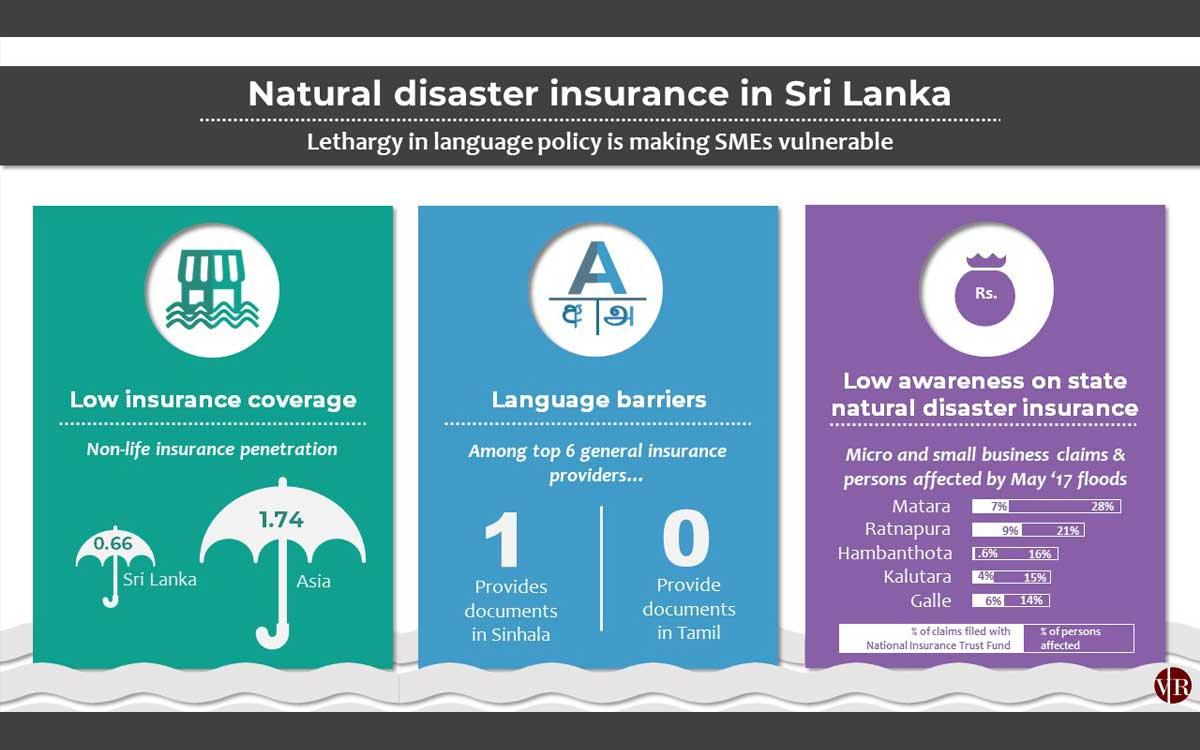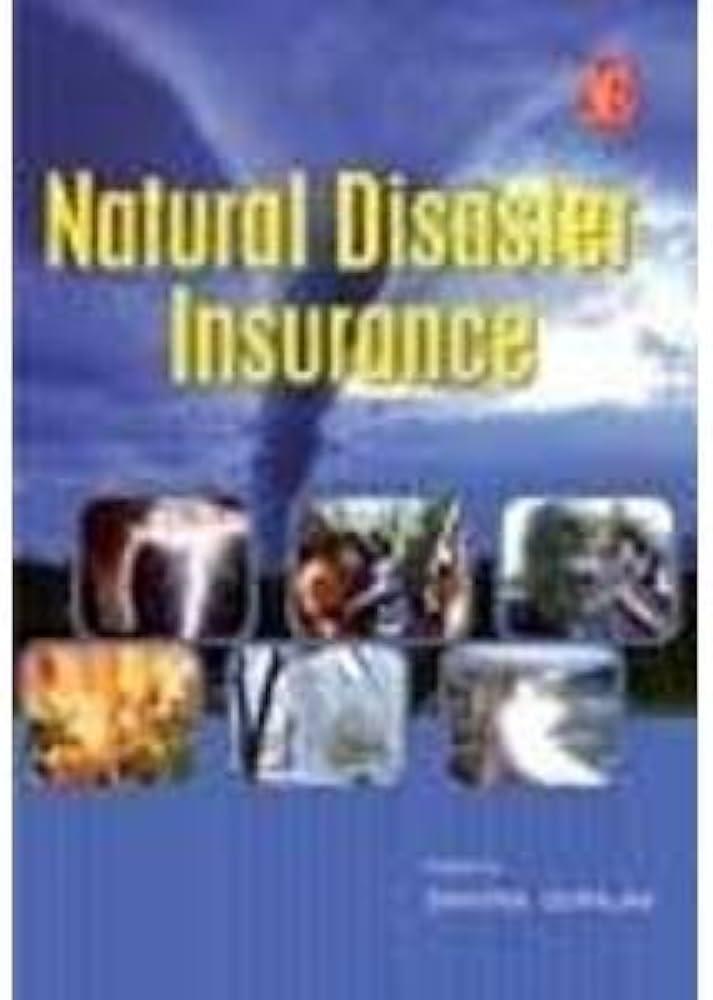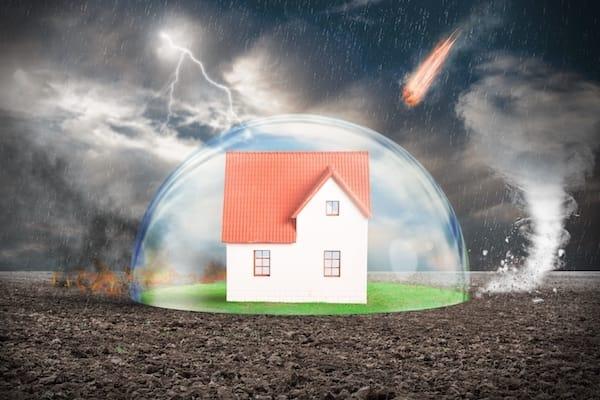: A Comprehensive Guide
Natural disasters can strike with little warning, leaving destruction in their wake and communities reeling. Whether it’s a hurricane, wildfire, flood, or earthquake, the aftermath often reveals the critical importance of having the right insurance coverage to safeguard your home and belongings. However, navigating the world of natural disaster insurance can be complex and overwhelming. With numerous options available and varying coverage clauses, it’s essential to understand what each policy entails and how they can protect you in times of crisis. In this article, we’ll break down the different types of natural disaster insurance coverage options, explain key terms to watch out for, and offer guidance on how to assess your needs to make informed decisions about your protection against nature’s unpredictable forces.
Table of Contents
- Understanding the Basics of Natural Disaster Insurance Coverage
- Key Types of Coverage to Consider for Natural Disasters
- Evaluating Your Insurance Needs Based on Geographic Risks
- Maximizing Your Natural Disaster Insurance Benefits and Claims Process
- Closing Remarks
Understanding the Basics of Natural Disaster Insurance Coverage

Natural disaster insurance coverage is a critical component of protecting your assets against unexpected calamities. Unlike standard homeowners insurance, policies specifically designed for natural disasters cater to events like floods, earthquakes, hurricanes, and wildfires. It’s essential to understand the different types of coverage available, as they vary significantly based on the risks associated with your geographical location. When shopping for a policy, consider the following key components:
- Coverage Types: Look for policies that offer specific protection against windstorms, floods, and earthquakes.
- Deductibles: Higher deductibles can lead to lower premiums, but ensure you can afford the out-of-pocket cost in the event of a disaster.
- Replacement Cost vs. Actual Cash Value: Understand the difference; the former includes the cost to replace damaged property, while the latter considers depreciation.
Additionally, many insurers provide optional endorsements to enhance your coverage, which can be a valuable investment. Key features to consider include:
| Feature | Description |
|---|---|
| Flood Insurance | Covers damage from rising water, crucial for those in flood-prone areas. |
| Earthquake Insurance | Provides specific coverage for damages caused by seismic activity. |
| Business Interruption Insurance | Covers lost income during the period your business is closed due to a disaster. |
Key Types of Coverage to Consider for Natural Disasters

When considering insurance for natural disasters, it’s essential to understand the various types of coverage available. One key option is homeowners insurance, which typically includes some protection against specific disasters, such as fire and lightning. However, standard policies often exclude coverage for damage caused by floods and earthquakes. To address these gaps, you may want to consider adding separate endorsements or purchasing specialized policies, like flood insurance provided through the National Flood Insurance Program (NFIP) or earthquake insurance available from various insurers.
Another important type of coverage is business interruption insurance, which can be vital for businesses affected by natural disasters. This coverage helps compensate for lost income and ongoing expenses during the recovery period. Additionally, catastrophe insurance is an option for those looking to cover losses from specific, high-cost events beyond standard policy limits. When selecting coverage, it’s crucial to review the deductibles and coverage limits of each policy to ensure comprehensive protection. A well-rounded approach might include:
- Property Coverage: Protection for your building and contents.
- Liability Coverage: Coverage for injuries to others or damage to their property.
- Agricultural Insurance: For farmers experiencing crop loss due to natural disasters.
Evaluating Your Insurance Needs Based on Geographic Risks
When considering insurance coverage, it’s crucial to assess the specific natural disaster risks associated with your geographic location. Different areas are prone to unique hazards that can significantly impact your property and insurance needs. For example, coastal regions often face the threat of hurricanes and flooding, while areas near fault lines are more susceptible to earthquakes. Identifying these risks helps you tailor your insurance policy to provide adequate protection. Here are some factors to consider:
- Flood Zones: Determine if your property is in a designated flood zone; you may need separate flood insurance.
- Wildfire Areas: If you live near forests or brush, investigate policies that cover fire damage specifically.
- Hurricane Regions: Ensure your policy includes windstorm coverage if you’re in an area vulnerable to hurricanes.
Additionally, it’s essential to review your current policy to understand how it addresses these geographic risks. Different insurance providers may offer varying coverage options based on regional vulnerabilities. Assessing your needs can often lead to selecting higher coverage limits or specific endorsements that can safeguard against less common, yet potentially devastating, disasters. Below is a brief comparison of coverage options to consider:
| Policy Type | Coverage Includes | Recommended For |
|---|---|---|
| Standard Homeowners Insurance | Basic home and property protection. | Low-risk areas. |
| Flood Insurance | Damage from flooding events. | Flood-prone regions. |
| Earthquake Insurance | Structural damage from earthquakes. | Seismic zones. |
| Windstorm Coverage | Damage from high winds and storms. | Coastal areas. |
Maximizing Your Natural Disaster Insurance Benefits and Claims Process
To ensure that you fully benefit from your natural disaster insurance, it’s crucial to understand the intricacies of your policy and what steps to take in the event of a disaster. Start by reviewing your coverage and identifying what is included. Policies typically cover various natural disasters such as floods, wildfires, hurricanes, and earthquakes, each with its own specific terms. Here’s a quick checklist to consider:
- Coverage Limits: Know the maximum payout your policy offers for each type of disaster.
- Deductibles: Understand how much you’ll need to pay out-of-pocket before the insurance kicks in.
- Exclusions: Be aware of what is not covered, as this can vary significantly between policies.
Once a disaster occurs, prompt action can greatly influence the claims process. Document all damages with photographs and notes, and report losses to your insurer as soon as possible. Utilize a claims checklist to stay organized throughout the process:
| Step | Description |
|---|---|
| 1. Gather Documentation | Collect receipts, photos, and repair estimates to support your claim. |
| 2. File a Claim | Contact your insurer to file a claim, providing all necessary information. |
| 3. Follow Up | Regularly check in with your insurance adjuster for updates. |
Closing Remarks
As we’ve explored in this article, understanding natural disaster insurance coverage options is crucial for safeguarding your home and assets against unpredictable events. While the types of coverage can seem overwhelming, taking the time to assess your specific risks and needs will empower you to make informed decisions. Whether it’s through standard homeowners insurance with added endorsements or specialized policies for flood and earthquake coverage, the right protection can provide peace of mind when disaster strikes.
Remember, insurance isn’t just a safety net; it’s a vital part of a comprehensive financial strategy. Regularly reviewing your policy and adapting it to changes in your life, location, and the environment can ensure you remain adequately protected. As you move forward, consider consulting with an insurance professional to tailor a plan that best suits your circumstances.
Thank you for joining us on this journey to better understanding natural disaster insurance. We hope you feel more equipped to navigate your options and make choices that will keep you and your loved ones safe. Stay informed, stay prepared, and take care!



